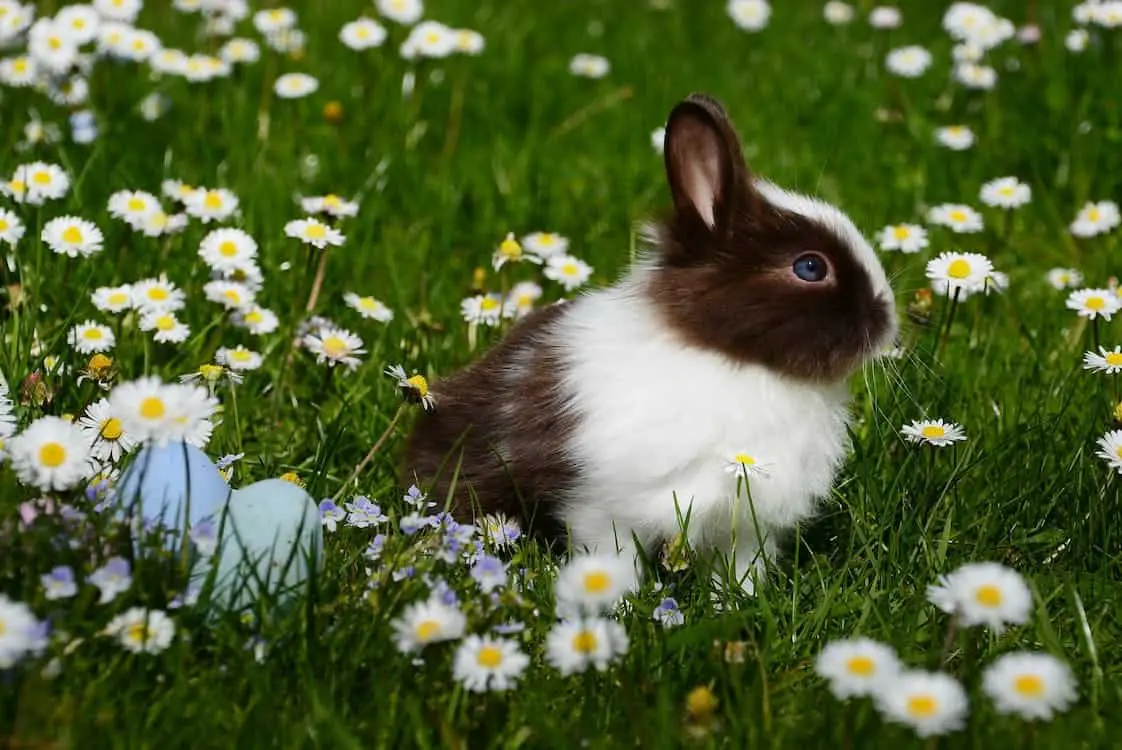When a cat gives birth, the event is usually life-affirming and joyous, but occasionally complications arise, such as the death of a newborn kitten.
Dealing with the loss requires prompt and sensitive intervention. It is important to monitor the mother cat’s behavior, as she may naturally remove the deceased offspring herself. However, if she does not, you should step in to carefully remove the kitten to safeguard the health of the mother and her surviving kittens.
Key Takeaways
- Remove deceased kittens promptly to avoid distress and health risks.
- Monitor the mother’s behavior; intervene if she doesn’t remove the kitten.
- Maintain the health of the mother and surviving kittens post-removal.
Recognizing the Loss of a Kitten

When a kitten passes away, it’s important to identify this as soon as possible and understand how it affects the mother cat. Your prompt actions are critical for the well-being of the surviving kittens and the grieving mother.
Identifying a Stillborn Kitten
If a kitten is motionless, not breathing, and shows no signs of life shortly after birth, it is likely stillborn. Important indicators of a stillborn kitten include:
- Lack of movement: The kitten is not moving and does not respond to gentle stimuli.
- No breathing sounds: Absence of any breathing or respiratory effort when you bring your ear close to the kitten.
Understanding Feline Grief and Instincts
Cats may display signs of grief and stress after losing a kitten. These reactions can manifest as:
- Restlessness or searching behavior, indicating the mother is looking for her lost offspring.
- Vocalizations that are more frequent or of a different pitch, which may signal her distress.
Mother cats rely on their instincts to either guard a deceased kitten or eventually move away from it. This is part of their grieving process and impacts their emotional well-being. You may witness:
- Protectiveness: Initially guarding the stillborn, which can last from hours to a couple of days.
- Detachment: Gradually distancing herself from the deceased kitten, indicating she is aware of its death.
Immediate Actions to Take

When you discover a deceased kitten in the litter, quick and appropriate action is crucial to prevent any health risks. Address the situation with care, focusing on safe removal, infection control, and professional consultation.
Removing the Deceased Kitten Safely
To remove a dead kitten, you must handle the body with utmost hygiene. Use gloves to prevent direct contact and place the kitten in a plastic bag. Wrap it securely before disposal or prepare it for transportation if you plan to take it to the veterinarian for examination.
Health Risks and Infection Control
Dead kittens can harbor bacteria and viruses that may cause infections in both felines and humans. Cleaning the area is essential. Use dilute bleach and water (1:32 ratio, respectively) to disinfect the space where the kitten was found.
Seeking Professional Veterinary Support
Contact your veterinarian immediately after the kitten’s body is discovered and safely removed. Veterinary intervention can determine the cause of death, which is vital for the health of the surviving kittens and the mother cat. It also offers an opportunity for maternal health evaluation.
Caring for the Surviving Kittens and Mother

In the delicate period following the loss of a littermate, your focus should be on the health and well-being of the surviving kittens and the nursing mother. This involves close observation, maintaining a nutritious diet, and providing a quiet, comforting environment.
Providing Nutrition and Comfort
Ensure that your nursing cat is consuming a high-calorie, nutrient-rich diet to support both her recovery and the milk production necessary for the surviving kittens. This typically involves:
- High-quality kitten food: Rich in calories and nutrients.
- Fresh water: Available at all times to prevent dehydration.
For the live kittens, you may need to supplement with kitten formula if the mother cat is unable to produce enough milk or is in distress.
Feeding Schedule:
- Newborns to 2 weeks old: Every 2-3 hours.
- 2 to 4 weeks old: Every 4-6 hours.
- Post 4 weeks: Gradual weaning process.
Monitoring for Signs of Illness
Vigilance is key in spotting early signs of illness. Look out for symptoms such as:
- Lack of appetite or failure to gain weight
- Lethargy or decreased activity
- Abnormal respiratory sounds or difficulty breathing
- Diarrhea or vomiting
Keep a routine check-up schedule with your veterinarian to ensure the health of the litter and the nursing mother. The first check-up should be within 48 hours after the death of a kitten to rule out any contagious conditions.
Ensuring a Stress-Free Environment
A stress-free environment is crucial for the survival and well-being of the mother and her kittens. Consider the following:
- A warm, secluded, and quiet nesting area away from household foot traffic.
- Constant temperature: The nesting area should be kept at 85-90°F (29.4-32.2°C) for the first week, then slowly decreased to 75-80°F (23.9-26.7°C) by the fourth week.
- Minimal handling: Limit handling of kittens to essential care to reduce stress on both the kittens and the mother.
Remember to keep the mother cat’s routine as regular as possible to minimize her distress and promote a sense of security for her and the kittens.
Preventing Future Losses

Your awareness and action can play a significant role in preventing the loss of kittens in future pregnancies. Identifying risk factors and implementing preventative measures are essential steps.
Risk Factors for Kitten Mortality
Genetic Predisposition: Some cats may carry genes that increase the likelihood of congenital defects in their offspring, leading to higher mortality rates.
Environmental Stressors: High-stress levels in pregnant cats can lead to premature labor and stillbirths.
Hormonal Imbalances: Proper hormonal functioning is critical for a healthy pregnancy. Any imbalance may cause complications that could be fatal for the kittens.
Maternal Health: A mother’s immune system and overall health are vital to her kittens’ survival. Traumas or infections during pregnancy can adversely affect the litter.
Preventative Measures
Regular Check-ups: Schedule veterinary appointments to monitor your cat’s health throughout her pregnancy.
Proper Nutrition: Ensure your pregnant cat has a balanced diet to support her and her kittens’ health.
Safe Environment: Create a calm and secure space for your pregnant cat, minimizing stress and trauma risks.
Medication Management: Discuss with your vet any medications your cat is taking to ensure they do not harm the kittens.
By recognizing these risk factors and applying these preventative measures, you enhance the chances of a healthy pregnancy for your cat, minimizing potential kitten losses.
Frequently Asked Questions

This section addresses some common concerns about detecting and managing the loss of a kitten after birth.
How can you tell if a kitten has died after birth?
If a kitten has died shortly after birth, it will not show signs of breathing or movement, and it will not make any noises like meowing or purring. The mother cat may also ignore the kitten or remove it from the rest of the litter.
Do mother cats understand when one of their kittens has died?
Mother cats often recognize the death of a kitten. They may exhibit behaviors such as repeated inspection, grooming, or even nudging the unmoving kitten as if attempting to encourage activity. In some cases, the mother might move away from the deceased kitten or remove it from the nest.
What are the signs that a pregnant cat may have a dead kitten inside her?
If a cat is carrying a deceased kitten, she may exhibit abnormal nesting behavior, distress, or prolonged labor without delivering all the kittens. Other signs can include a foul-smelling discharge, lethargy, or a decrease in appetite. Immediate veterinary attention is crucial in these situations.





